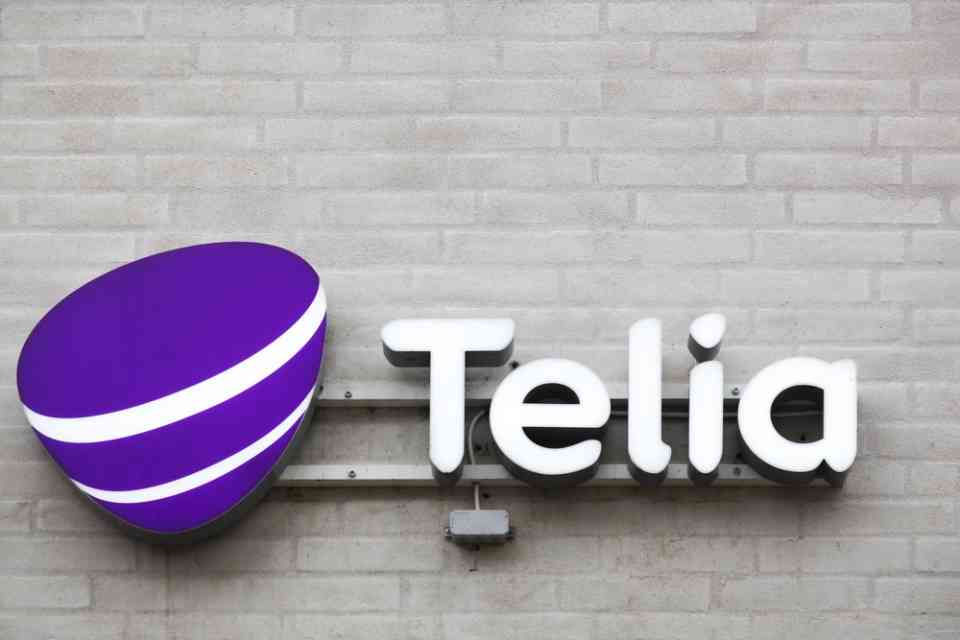The world we live in today is not the world we were born into. In these past few years alone, the ways we interact, conduct business, shop, and work have changed. These changes, primarily due to technology, have also become a key factor in the success or failure of businesses.
According to TechTarget, information technology is “the use of any computers, storage, networking, and other physical devices, infrastructure, and processes to create, process, store, secure, and exchange all forms of electronic data. Typically, IT is used in the context of business operations, as opposed to technology used for personal or entertainment purposes.”
When Harvard Business Review writers coined the phrase in 1958, they referred to IT as having three main components: computational data processing, decision support, and business software. So, anything related to computing technology, such as networking, hardware, software, the internet, or people who work with these technologies, is housed under the umbrella of information technology.
IT can help businesses reduce resource consumption, limit repetitive work, decrease manual tasks, and automate high-volume activities. But when done incorrectly, IT can break enterprises.
How IT Can Make or Break Your Business
Every business needs an effective and reliable IT department to thrive. Let’s take a look at four ways IT can make or break your business:
- Not scaling IT operations, especially amid budget constraints.
As enterprises face increasing expectations from consumers, employees, and business partners, there’s always a need to scale IT operations. The challenges of providing IT service in all cloud locations and responding to fluctuating and often demanding workloads have confirmed the need for IT service and technology partnerships. Logistical and travel-related challenges can make it difficult to physically deploy and manage IT infrastructure. Capital constraints make investing in long-term data centers and IT infrastructure challenging and less attractive. For these reasons, IT service provider partners and technology have met a critical need for scaling IT services.Scaling IT operations requires companies to lean into the cloud and capacity planning. Capacity planning is integral to answering all the “what ifs.” Capacity planning management helps evaluate alternatives and tradeoffs, compare options, and justify strategic and tactical decisions during the application and information lifecycle.
Also, IT organization can become more efficient by taking advantage of the cloud or software-as-a-service offerings and automating recurring IT processes, such as code deployments, configuration management, and quality testing. When IT processes are automated, departments are better positioned to scale in pace with enterprise expansion and support growing infrastructure needs.
- Mitigating the risks of change, migration, and modernization.
Change is the only constant in IT. How you handle the changes is critical because they can impact performance, security and risk — whether related to typical day-by-day changes, updates to systems and modernization, or cloud migration.According to a Gartner report, end-user spending on the public cloud is expected to reach almost $500 billion in 2022 and $600 billion in 2023 worldwide. Furthermore, Fortune Business Insights notes that one of the industries expected to contribute to this growth is IT and telecommunications. Many businesses are adopting cloud computing because it provides a significantly more flexible and dependable IT infrastructure designed to streamline business processes. But cloud adoption presents security, regulation, and budget concerns that should be assessed and preventively mitigated before adopting new technology.
Companies using the cloud should secure their budgets for continuous cloud use and figure out how to protect data from being leaked, lost, or exposed — even if that means not storing it in the cloud. Companies should also ensure they’re meeting local and global compliance regulations.
Analysts believe that cloud use will only increase because it already supports most new technological upheavals, from mobile banking to healthcare. According to Michael Warrilow, research vice president at Gartner, “Technology and service providers that fail to adapt to the pace of cloud shift face increasing risk of becoming obsolete or, at best, being relegated to low-growth markets.”
Due to the modernization and changing landscape of technology, companies are highly likely to utilize the cloud in some form to further organizational progress.
- Running IT aligned to compliance.
Companies gain value from compliance. It helps keep businesses from creating havoc in their environments. For IT, in particular, it cuts risk management costs and reduces the time it would otherwise take to mitigate breaches. Compliance offers transparency, turns risk assessments into corrective actions, creates an audit trail, and improves overall security.
However, despite its importance, it’s often regarded as a burden rather than an asset by businesses, even though it has a vital role in ensuring the direction of the organization.IDC’s report, “Reset Today for What Matters the Most — Data Protection, Compliance, and Resilience,” shows that 20% of organizations experience problems with compliance, which can lead to fines. One of the mistakes IT departments make is believing that preparation for IT audits is an isolated task done once or twice a year. Being prepared means continually having accurate records on who has interacted with IT assets, where they reside, how they are connected, and what they support.
Managing IT through compliance efforts and simplifying and streamlining dynamic asset management should be a lifestyle within a business. Leadership should invest in developing processes, products, and people to gain insight and visibility into the complex world of IT. Living in compliance — not just merely using IT as a tool — serves as a basis for minimizing risk and understanding, managing, and protecting equipment and data.
- Addressing security concerns.
IT departments are responsible for housing and protecting all the data within their organizations at all levels, on all devices, and for all software. Along with tracking every device’s capabilities and managing software updates, many workplaces house IoT devices that IT teams must also track and be aware of to protect sensitive and confidential organizational data. IT departments also train new hires, retrain veteran employees, and replace old or defective tech devices with every new tech or software process update.To mitigate risk, global cybersecurity spending is expected to exceed $1.75 trillion from 2021 to 2025. Companies must ensure that valuable corporate data is safeguarded from unwanted access on much larger scales as more employees continue to work from home using personal Wi-Fi or internet connections. This impacts not only small and large firms, but also government agencies, healthcare organizations, and educational institutions that rely on internet platforms.
Very few organizations can survive the test of time without some form of technology in their business model, whether that’s through storing large amounts of data in the cloud or using social media for marketing. The rise of cybersecurity attacks and data breaches shouldn’t deter any business from moving into the future of IT. Rather, it should serve as a lesson of investment.
Every tool adopted within IT should be vetted, designated, and budgeted to optimize resources efficiently. Mitigating risks, such as changes with cloud migration, can be a challenge — but it’s a challenge worth the investment. The future of your organization will depend on it.
Written by Yama Habibzai.
Have you read?
4 Questions to Ask If You’re Waffling Between In-House and Outsourced Accounting by Dr. Anthony Decoste.
Most Expensive Men’s Watches In The World.
Most Expensive Women’s Handbags.
Maturity Matters: Maximizing Business Value Throughout the Cloud Journey by Gavin Williams.
Four components to maximize your team’s success by Fiona Logan.
Track Latest News Live on CEOWORLD magazine and get news updates from the United States and around the world.
The views expressed are those of the author and are not necessarily those of the CEOWORLD magazine.
Follow CEOWORLD magazine headlines on Google News, Twitter, and Facebook. For media queries, please contact:
info@ceoworld.biz






















































![LinkedIn Provides Thought Leadership Tips [Infographic] LinkedIn Provides Thought Leadership Tips [Infographic]](https://imgproxy.divecdn.com/sGPjK1VM5eAOI_l-OTkmJTV2S8dHIfUwFmDwPWjhfjg/g:ce/rs:fit:770:435/Z3M6Ly9kaXZlc2l0ZS1zdG9yYWdlL2RpdmVpbWFnZS9saW5rZWRpbl90aG91Z2h0X2xlYWRlcnNoaXBfaW5mbzIucG5n.webp)











